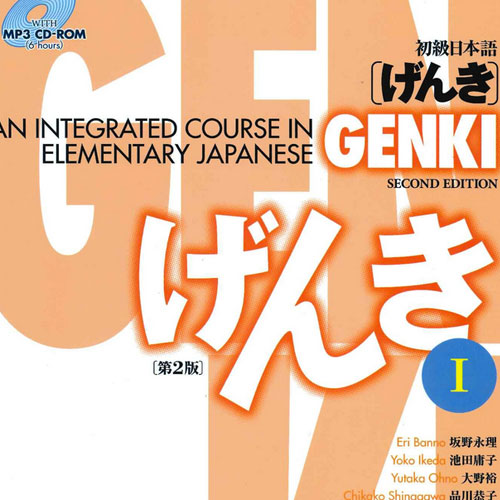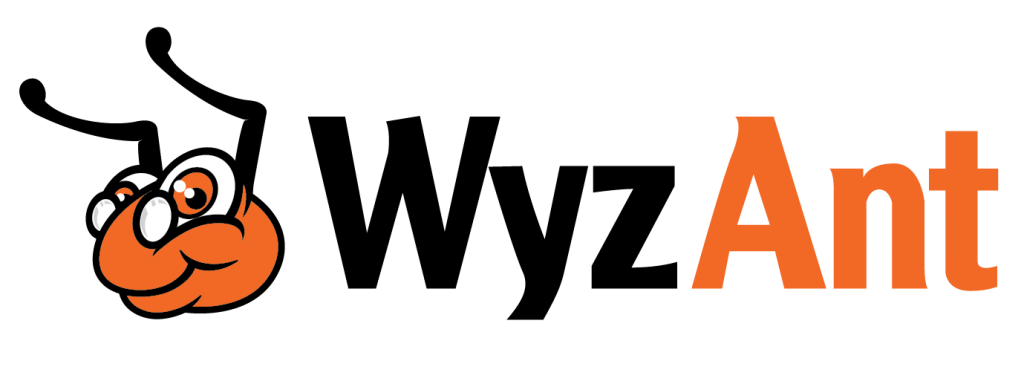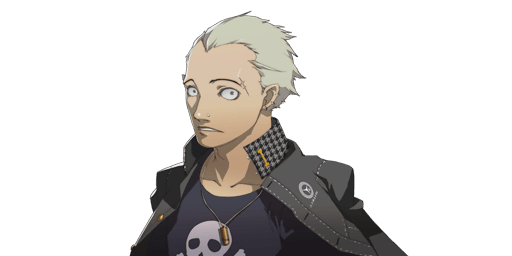I’m now four weeks into mostly-self-taught Japanese. I’ve managed to get a few lessons with a tutor, who has been incredibly helpful and has pushed me farther than I thought I’d be able to go a lot faster than I expected. I’ve learned a lot about the process along the way, and can critique my own approach a bit.
The first thing I did was start working on the kana, essentially teaching myself to read and write in Japanese, at least the basic characters. Part of this was that it was a lightweight thing for me to be able to do, a bit of memorization and a bit of playing with phone apps before bed. It took me about two weeks to learn hiragana at a relatively sedate pace, and about five days to get katakana once I had a system. For anyone trying to do this, start with the apps; they’ll get you used to the shapes and the sounds nice and gently, but push yourself quickly to write the alphabets from memory as soon as you can. Part of the reason it took me so much longer to memorize the hiragana was because I wasn’t pushing myself to commit them to memory; the apps make you pick from multiple choice rather than writing them out yourself.
As odd a choice as it was to begin with the kana, it helped a lot to create a solid foundation for everything else. Genki (my textbook) uses a lot of kana even early on, and it helps to be able to read and write it without using romaji (roman alphabet) as a go-between. I’m not fast at reading kana, but I can do it now. There’s a bit of a weird side effect that happened to me, though. I’m able to read a lot of things without having any comprehension at all, which is a bizarre experience.
The next thing I started working on was going from the start of Genki and going through the chapters. The book is laid out very well, and I did a bit of dabbling in some basic greetings and some relatively straightforward sentence construction. One of the things I’ve picked up very quickly is that I absolutely cannot think in English while working on Japanese, and I think that’s one of the things that makes it seem like a very difficult language to learn. I have to separate myself from my desire to make English sentences to translate and just think in abstract concepts. In retrospect, I think this is something that’s caused me a lot of trouble in learning Spanish. A lot of Romantic and Germanic languages have very familiar structures to an English speaker, and you can often feasibly just come up with a sentence in English and replace a lot of the words with the appropriate words in, say, Spanish, and more or less get your meaning across.
Separating myself from trying to form coherent English sentences to translate into Japanese helped the learning process a lot. Japanese is a very structured, orderly language in a lot of ways, and I find that sentence construction makes a lot of intuitive sense to me. My tutor moved extremely quickly to particles in sentences, which are markers that indicate what the word or phrase preceding it is doing in the sentence. There isn’t an English equivalent, but it makes me think of sorting flags in file structures. Forcing myself to separate from English sentence construction made these a lot easier to understand and work with.
Getting a tutor early on was really helpful for me. Even just the three or four sessions I’m going to be able to have with her will give me a solid footing to keep teaching myself. I’m almost at the point where I can hold some very rudimentary conversations, I just lack the vocabulary for it. One of the things I’ve been trying to do is use my knowledge of English to evaluate the kinds of conversations I have most frequently, to get an idea of what the most useful things to learn in Japanese would be if I’m looking to reach a conversational level quickly. It’s given me an opportunity to think about how I communicate with other people and the kinds of things I say.
I’ve reached the point now where I can watch or read something in Japanese and I’m having constant flickers of comprehension. I recognize sentences or words and while I can’t quite get enough context to figure out what’s being said, I can make sense of how the sentence is constructed. I don’t know who is being talked about, what they’re doing, or where, but I know that someone is being talked about and that they’re doing something in a particular place. It’s a structure that lets me start asking the right questions– if I recognize 私 (watashi, “I”) and the particle の (no, indicating a possessive or apposition), followed by a word I don’t know, I still know that the speaker is talking about something they own, or something close to them.
It means that when I’m listening to spoken Japanese, I can start to make out the shape of what’s being said, even if I don’t know the specifics. It’s honestly really exciting to have those little flickers of recognition; it makes me want to push harder and learn faster. My biggest hangup right now is vocabulary; I just need to take in thirty-five thousand words or so to catch up with my English. No problem…




